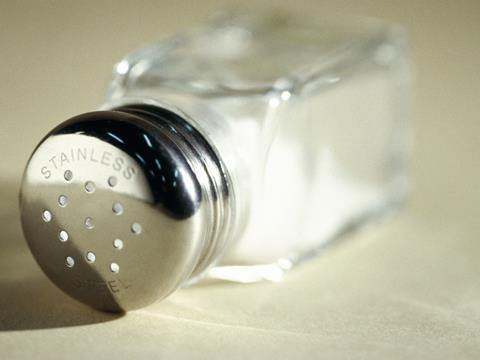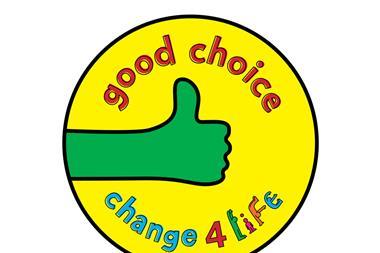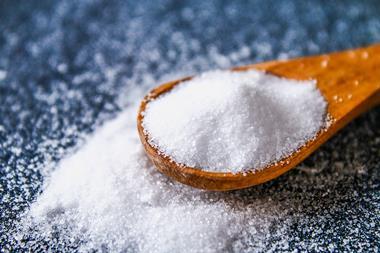
We have been on a salt reduction journey for over a decade.
In this time we have seen world-leading progress, with some products such as breakfast cereals now up to 40% less salty as a result.
Without the food industry’s commitment, we wouldn’t have seen our average salt intake decrease by 11% from 8.8g per day in 2005/06 to 8g in 2014.
However, while gradual reformulation has been achieved in many food categories, the amount of salt we are consuming as a nation still remains a public health concern. Excess salt contributes towards high blood pressure and can lead to preventable heart attacks and strokes, placing an unnecessary burden on our health services.
Public Health England (PHE) has published its first report on the food industry’s progress towards meeting the 2017 salt reduction targets set in 2014 - this first detailed analysis shows varied success across retailers, manufacturers and the out-of-home sector (including coffee shops, quick service restaurants, takeaway and meal delivery businesses) and highlights where further action is needed.
More from Dr Alison Tedstone: Children’s health is at stake. Sugar and calorie reduction is non-negotiable
The foods included in the salt reduction programme provide around 54% of the salt we consume - therefore the companies making and selling our food continue to have a responsibility to help bring our salt intake closer to the maximum recommendation of 6g per day.
Our report shows just over half of all average targets across 76 sub-categories were met by retailers and manufacturers combined; however retailers have made more progress, meeting more than two thirds of average salt targets, compared to just over one third for manufacturers. We’ve seen progress in some categories, less so in others.
Data suggests salt levels are generally higher in the out-of-home sector compared with in-home, so this sector still has a significant role to play. This was the first time targets were set specifically for this sector, and the data shows overall 71% of out-of-home products met maximum targets across the 11 food categories.
It is clear that, as some foods have sodium levels below current targets whilst others are above them, further salt reduction in some foods continues to be possible.
However, whereas the sugar and calorie reduction programmes are recent challenges, the food industry has had years to get behind the salt reduction ambition.
That’s why any future work must be ambitious, but also realistic - government has already committed to setting out the next steps by Easter 2019.
Our recent polling made it clear that the public supports government working with the food industry to make everyday foods healthier, and we cannot waste any time in giving consumers what they want. This is a vital opportunity to tackle one of the root causes of ill health and show the rest of the world that the UK can lead the way again.
Dr Alison Tedstone, chief nutritionist at Public Health England



















No comments yet